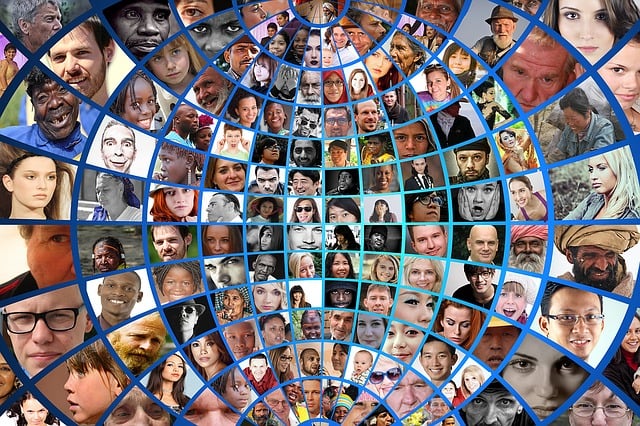Stereotyping: Definition, Examples, & ConsequencesStereotypes are assumptions we make about people based on their belonging in certain social groups. Stereotypes have far-ranging consequences for our society.
It was my main experience of being stereotyped, and it was pretty benign, all things considered. I am privileged not to be stereotyped in ways that put my career or my well-being at risk, as many people are. But it gave me a little taste of how it feels to be judged by people before we even interact. (And to a small extent, I think that as a man in predominantly female professions--psychology and counseling—I think I do continue to occasionally come up against stereotypical interpretations.) Let’s look at what scientific research has shown us about stereotypes, including the serious consequences for our society.
Before reading on, if you're a therapist, coach, or wellness entrepreneur, be sure to grab our free Wellness Business Growth eBook to get expert tips and free resources that will help you grow your business exponentially.
Are You a Therapist, Coach, or Wellness Entrepreneur?
Grab Our Free eBook to Learn How to
|
Are You a Therapist, Coach, or Wellness Entrepreneur?
Grab Our Free eBook to Learn How to Grow Your Wellness Business Fast!
|
Terms, Privacy & Affiliate Disclosure | Contact | FAQs
* The Berkeley Well-Being Institute. LLC is not affiliated with UC Berkeley.
Copyright © 2024, The Berkeley Well-Being Institute, LLC
* The Berkeley Well-Being Institute. LLC is not affiliated with UC Berkeley.
Copyright © 2024, The Berkeley Well-Being Institute, LLC




